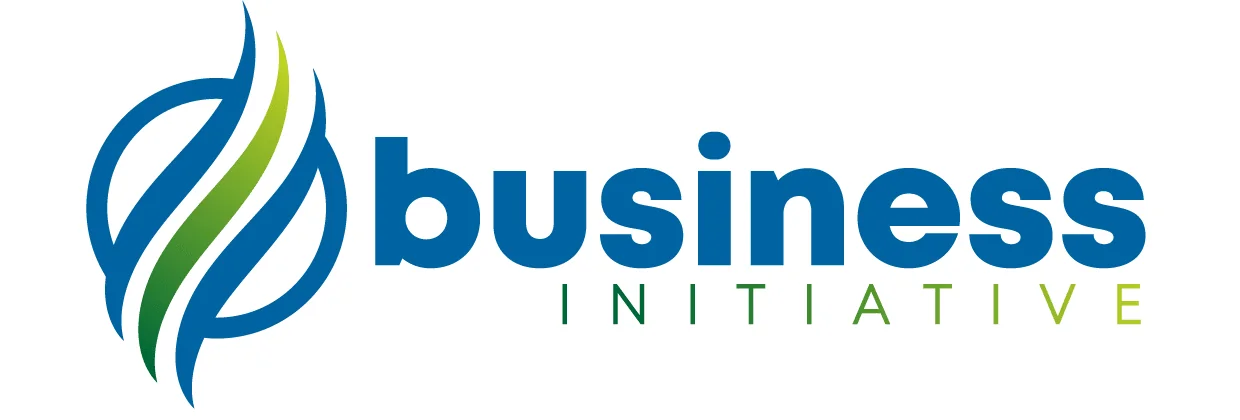💰 Diverse Paths to Capital: How Ethnicity Shapes Business Financing
Access to capital isn’t equal across all communities, but entrepreneurial determination transcends every barrier. Our analysis of the U.S. Census Bureau’s Annual Business Survey reveals how different ethnic groups navigate the financing landscape, uncovering both challenges and opportunities in the quest for startup capital.
📊 Business Financing by Ethnicity
Financing Leader: Hispanic or Latino businesses account for 403,218 financed firms (100.0% of total), demonstrating significant presence in capital-intensive industries.
Total Impact: 403,218 businesses across all ethnic groups secured financing, employing 3,358,105 people and generating $117,948,814 in annual revenue.
🥧 Financing Sources by Ethnicity
Source Diversity: Different ethnic groups show distinct patterns in financing preferences, with personal/family savings being universally important while institutional funding varies significantly.
📈 Average Revenue by Ethnic Group
Revenue Performance: Financed businesses across ethnic groups show varying revenue patterns, reflecting different industry focuses, business models, and market opportunities.
🏭 Industry Distribution: Hispanic vs Non-Hispanic Firms
Industry Focus: Hispanic and Non-Hispanic businesses show different industry concentrations, with Hispanic entrepreneurs particularly strong in construction, food service, and retail sectors.
🔍 Financing Patterns by Ethnicity
Hispanic/Latino Business Financing
Strengths
- Family Networks: Strong reliance on personal and family savings (72-78%)
- Community Support: Higher use of informal lending networks
- Government Programs: Increased utilization of SBA loans and grants
- Entrepreneurial Spirit: High business formation rates despite financing challenges
- Industry Focus: Strong presence in construction, food service, and retail
Challenges
- Bank Access: Lower traditional bank loan approval rates (36-48% vs 45%)
- Credit History: Limited credit history affecting loan terms
- Collateral: Fewer assets for loan security
- Language Barriers: Navigation of complex financing applications
- Network Gaps: Limited access to angel investors and venture capital
Non-Hispanic Business Financing
Advantages
- Bank Relationships: Higher traditional bank loan access (45%)
- Credit Access: Better established credit histories
- Investor Networks: Greater access to angel and venture capital
- Professional Services: More established relationships with financial advisors
- Collateral: Higher asset bases for loan security
Opportunities
- Diversity Initiatives: Growing investor focus on diverse portfolios
- Mentorship Programs: Increased support for minority entrepreneurs
- Technology: Fintech solutions democratizing access to capital
💡 Financing Source Breakdown
Traditional Financing
- Bank Loans: Non-Hispanic 45%, Hispanic 36-48%
- SBA Loans: Hispanic groups show higher utilization (18-25% vs 15%)
- Credit Cards: Hispanic entrepreneurs rely more heavily (38-48% vs 35%)
Alternative Financing
- Personal/Family Savings: Universal but higher in Hispanic communities (58-78%)
- Angel Investors: Lower access for Hispanic groups (1-6% vs 8%)
- Venture Capital: Significant disparity (1-2% vs 5%)
- Crowdfunding: Growing adoption across all groups (2-6%)
Government Support
- Grants: Hispanic businesses access more government grants (12-20% vs 7%)
- Minority Business Programs: Specialized funding opportunities
- State/Local Incentives: Regional development programs
🎯 Strategic Financing Approaches
For Hispanic/Latino Entrepreneurs
- Leverage Community Strengths
- Build on family/community networks
- Join Hispanic business associations
- Participate in cultural business events
- Access Specialized Programs
- SBA 8(a) Business Development Program
- Minority Business Enterprise certifications
- Hispanic Chamber of Commerce resources
- Build Credit Systematically
- Establish business credit early
- Maintain strong personal credit
- Document all business activities
- Diversify Funding Sources
- Combine multiple financing types
- Start with smaller amounts to build relationships
- Consider alternative lenders
For All Entrepreneurs
- Prepare Thoroughly
- Develop comprehensive business plans
- Maintain detailed financial records
- Build strong credit profiles
- Network Strategically
- Join industry associations
- Attend investor events
- Build mentor relationships
- Understand Options
- Research all available programs
- Compare terms across lenders
- Consider timing of funding needs
📊 Industry-Specific Financing Trends
High-Growth Sectors for Hispanic Businesses
- Construction: 285K firms, strong SBA loan usage
- Retail Trade: 195K firms, family financing prevalent
- Accommodation & Food: 165K firms, community investment
- Transportation: 95K firms, equipment financing focus
- Real Estate: 85K firms, growing professional services
Emerging Opportunities
- Technology: Growing Hispanic presence in tech startups
- Healthcare: Serving diverse communities
- Professional Services: Bilingual and cultural expertise
- Green Energy: Renewable energy installations
- E-commerce: Online retail and services
🚀 Launch Your Financed Business
Access to capital is improving across all communities, with new programs and technologies creating more opportunities than ever. Whether you’re leveraging family networks or seeking venture capital, the key is understanding your options and building strong foundations.
Ready to Secure Funding?
- Register Your Business - Start with proper structure for funding
- Access Financing Tools - Capital planning and application resources
- Get Funding Support - Expert guidance for diverse entrepreneurs
Key Takeaways
- Hispanic or Latino leads with 403,218 financed firms
- Personal savings universal across all ethnic groups (58-78%)
- SBA loans popular with Hispanic entrepreneurs (18-25% usage)
- Industry concentration varies significantly by ethnicity
- Government programs provide crucial support for minority businesses
Financing Success Factors
- Preparation: Strong business plans and financial records
- Relationships: Building trust with lenders and investors
- Persistence: Multiple applications and funding sources
- Community: Leveraging cultural and family networks
- Education: Understanding all available options
Bottom Line: While financing challenges exist across ethnic lines, entrepreneurial success comes from understanding your unique advantages, accessing appropriate resources, and building strong business fundamentals. Every community brings distinct strengths to the entrepreneurial landscape.
Source: U.S. Census Bureau Annual Business Survey (ABS) - Characteristics of Businesses 2019
Follow Us: @BisInitiative
Ready to Fund Your Dream? Baruch Hashem, your diverse business can access the capital it deserves—Take Initiative Now!


